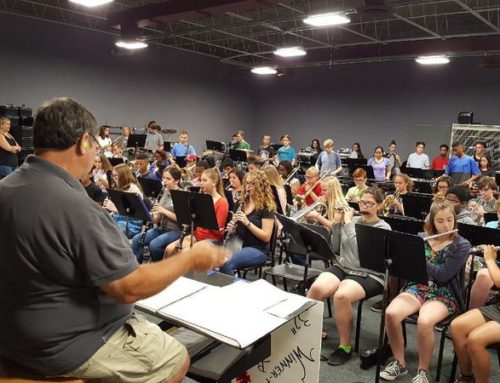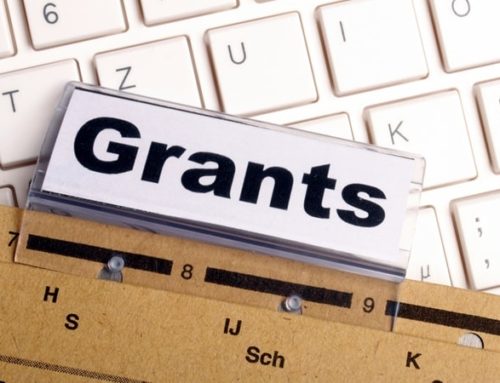The social connotation of the word minority can be an asset when seeking minority government grants. A minority is social group of people, oppressed or stigmatized on the basis of racial, ethnic, biological, or other characteristics such as disability or sexual difference. This is many times due to physical, cultural or sexual characteristics and these people are singled out from the others in the society. To help fight this, the United States government offers this select group of people financial help in the form of minority grants.
Identified grants for minorities in the United States are available for:
- The Hispanic and Latino population;
- The African American population;
- The Asian population;
- The American Indian population;
- The Native Alaskan population;
- Women;
- The Gay, Lesbian and Transgender population;
- The very low income population.
Minority government grants, also called minority funding opportunities, are available at the federal and state levels for public application. At present, the African American community is the largest recognized minority with the American Latino and Hispanic population a close second. It’s interesting that both minorities share many of the same disparities in which government grants for minorities are offered.
Grants for minority workers are offered at the federal and state levels. The ACE minority government grants program is intended to improve the supply of skilled agricultural workers and bring greater stability to the workforce in this sector. This stability will be realized through services specifically designed to assist farm workers in securing, retaining, upgrading or returning to and from agricultural jobs in the United States.
Services include:
- Minority government grants for agricultural and labor skills development;
- The provision of agricultural labor market information;
- Government grants for minorities for transportation;
- Minority grants for short-term housing while in transit to an agricultural worksite;
- Minority government grants for workplace literacy and assistance with English as a second language;
- Grants for minority health and safety instruction, including ways of safeguarding the food supply of the United States for food service workers.
Minority government grants for Native American Indians include Indian Housing Block grants, services to Indian children, elderly and families and government grants for minorities including assistance for Indian children with severe disabilities.
In 2011, the U. S. federal government approved $5,018,858.00 in minority government grants for Native Alaskans. Women business owners and women seeking higher education may qualify for government grants for minorities. The gay, lesbian and transgender population can benefit from the current legislative and policy environments directly targeting discrimination against gays and transgender individuals. Many new grants for minority workers are on the table as a result.
Finally, American citizens living at or below two hundred percent of the U.S. poverty level are considered a minority and thus eligible to apply for both federal assistance and minority grants. Federal assistance is offered inside such programs as aid to families with dependent children, child and adult care food programs as well as Head Start. Federal minority government grants available to this population include the Pell Grant and the Community Development Block minority government grants program.







